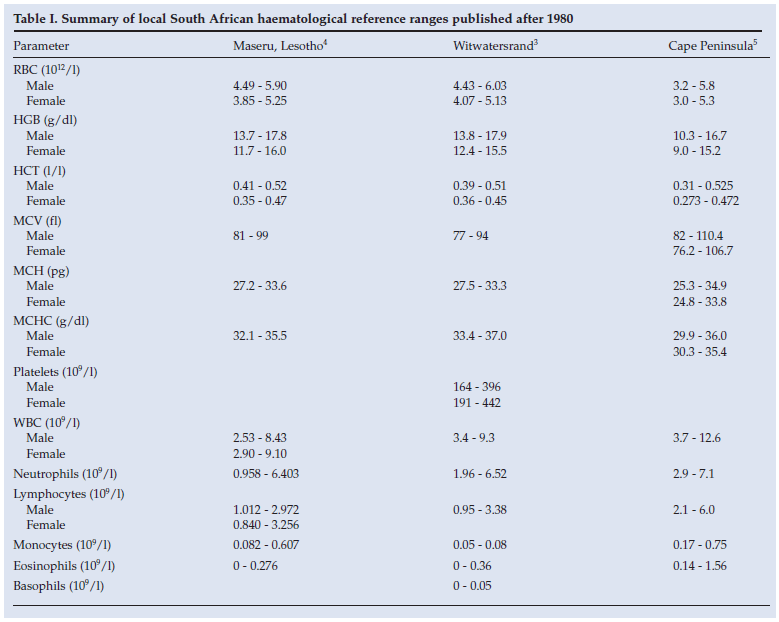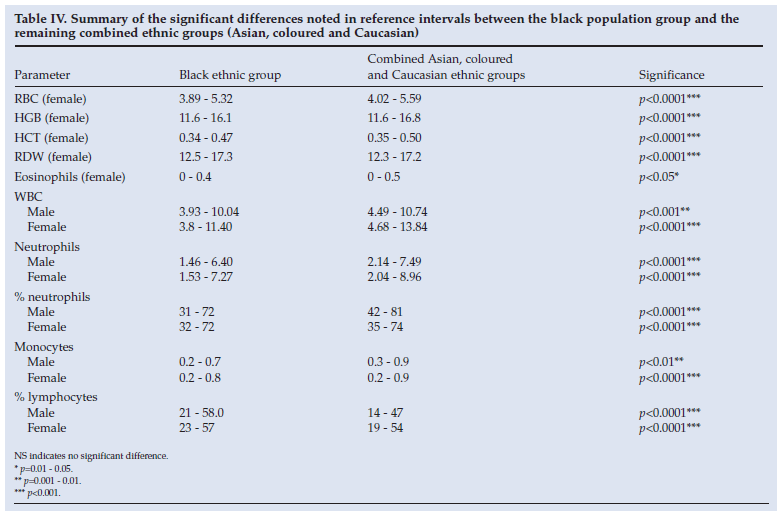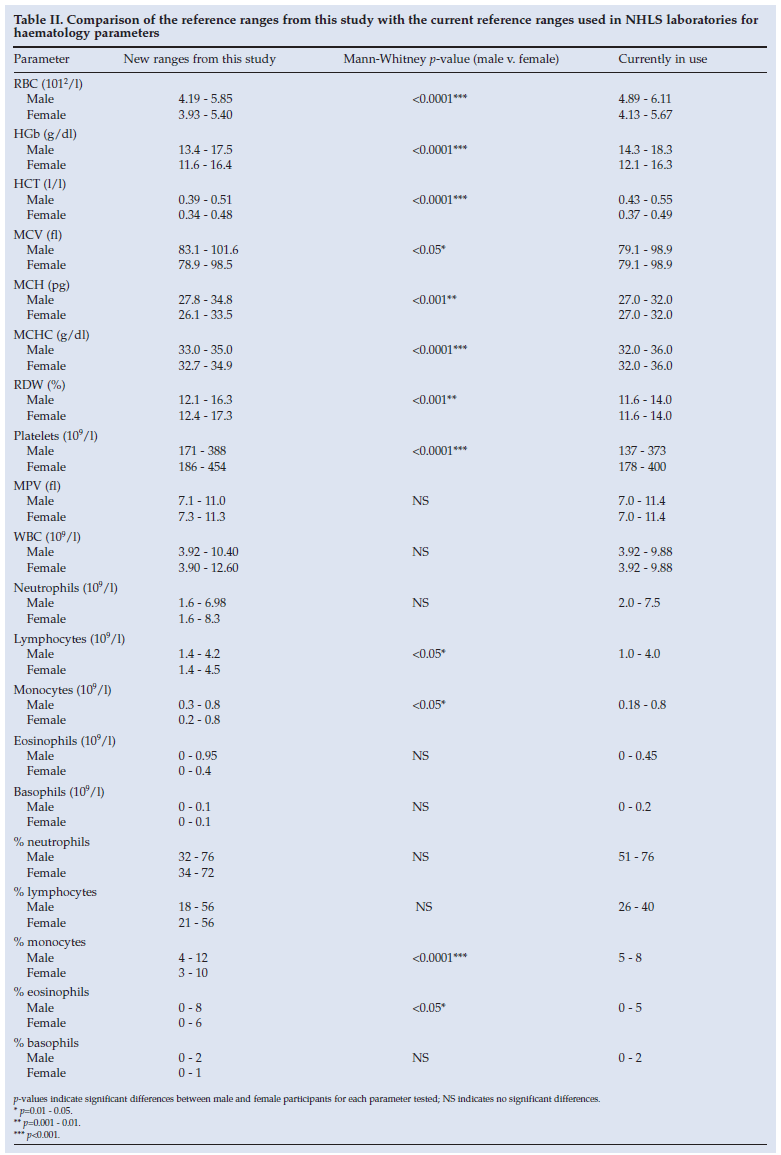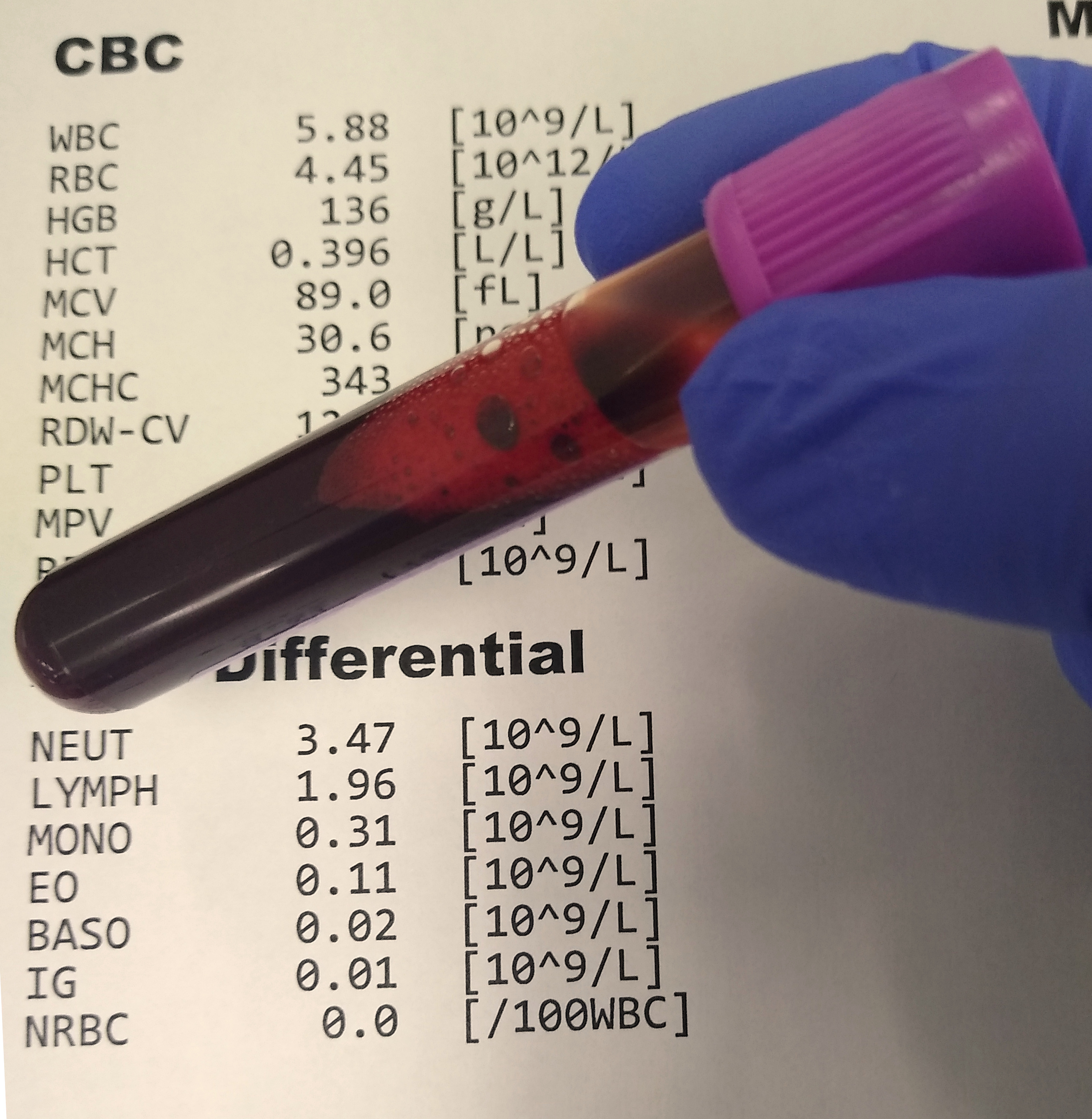Full Blood Count Normal Range Australia

Abnormalities in a full blood count.
Full blood count normal range australia. White cell leucocyte count white cell count estimates the total number of white blood cells per litre of blood. Many illnesses diseases or infections other than the ones listed below can cause an abnormal full blood. Blood cells are produced and mature in the bone marrow and under normal conditions are released into circulation as required. A full blood count fbc is a very common blood test that is also sometimes called a complete blood count cbc or full blood examination fbe.
A reference range is usually defined as the set of values 95 percent of the normal population falls within that is 95 prediction interval. Blood contains three main components red blood cells white blood cells and platelets suspended in fluid called plasma. How is an fbc blood test performed. Because most blood test reference ranges often referred to as normal ranges of blood test results are typically defined as the range of values of the median 95 of the healthy population it is unlikely that a given blood sample even from a healthy patient will show normal values for every blood test taken.
Acute blood loss is a rapid depletion of blood volume. A patient s blood test values should be interpreted based on the reference value of the laboratory in which the test was done. Automated analysers provide haemoglobin red cell count haematocrit packed cell volume mean cell volume mean cell haemoglobin mean cell haemoglobin concentration white cell count leucocyte count and platelet count as full blood count fbc. A full blood count or fbc is a blood test which mesures a large number of blood parameters most notably the haemoglobin blood count white cell count wcc and platelet count.
The laboratory typically provides these values with the test result. The normal mch range for adults is 27 32 pg and the normal mchc range is 300 350 g l. An fbc is a blood test requiring a few millilitres of blood from a vein. It is a test for general health but it can also provide information about a range of conditions.
A low rbc count may indicate anaemia bleeding kidney disease bone marrow failure for instance from radiation or a tumour malnutrition or other causes a low count may also indicate nutritional deficiencies of iron folate vitamin b12 and vitamin b6 a decreased number of rbcs results from either acute or chronic blood loss. It is determined by collecting data from vast numbers of laboratory tests. 2 ml blood in special paediatric edta tube. Medical conditions and symptoms.
In this article all values except the ones listed below denote blood plasma concentration which is approximately 60 100 larger than. A result above or below the normal range may indicate an abnormality. The results of a full blood count are compared to charts that list the normal range of numbers and ratios for each type of blood cell. An fbc may be requested.
Blood plasma and serum reference values vary based on several factors including the specific laboratory that supplies them.








.jpg)








